Lab-grown diamonds are finally having their moment
As the great-great-grandson of Louis-François Cartier—founder of the Cartier jewelry empire in 1847—Jean Dousset knows a thing or two about diamonds. When he was a child, dinner table conversations often revolved around the gem’s brilliance.
The Cartier family sold the business in 1964 to the luxury holding company Richemont, but Dousset has always had a passion for fine jewelry. So in 2009, he launched his own eponymous brand, where he designs engagement rings, tennis bracelets, earrings, and more. Until now, he’s used natural diamonds, mined from the earth. But this month, he made a big decision to switch entirely to synthetic diamonds.
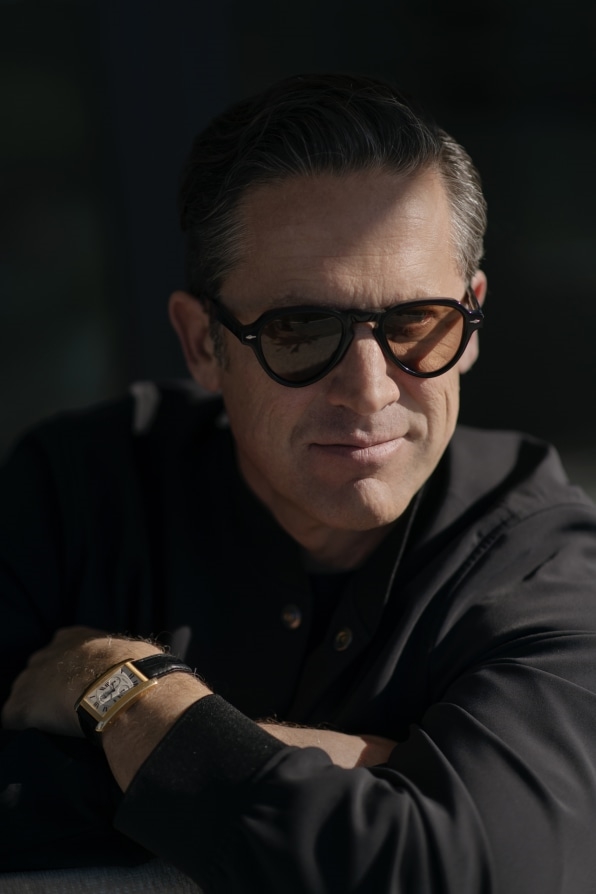
It’s a risky move, but Dousset believes it’s the right moment for it. “We’re in a pivotal moment, when the quality of lab-grown diamonds is now as good as natural ones, but at much lower prices,” he says. “It’s liberating. My customers can now buy the diamond they really want, without compromise, and I can design whatever I want, without considering price.” A 1.0 lab-grown carat-solitaire engagement ring from Jean Dousset costs around $6,000, which is about half the price of a mined diamond of similar quality.
Dousset isn’t alone. There are now startups that specialize entirely in lab-made diamonds, including Vrai and Idyl; meanwhile, mass-market jeweler Pandora announced last year it would move away from mined diamonds altogether. Even luxury brands are dipping their toe in this market. The luxury conglomerate LVMH just invested in Lusix, an Israeli company that makes lab-grown diamonds; and both Breitling and TAG Heuer have unveiled watches encrusted with lab-grown diamonds.
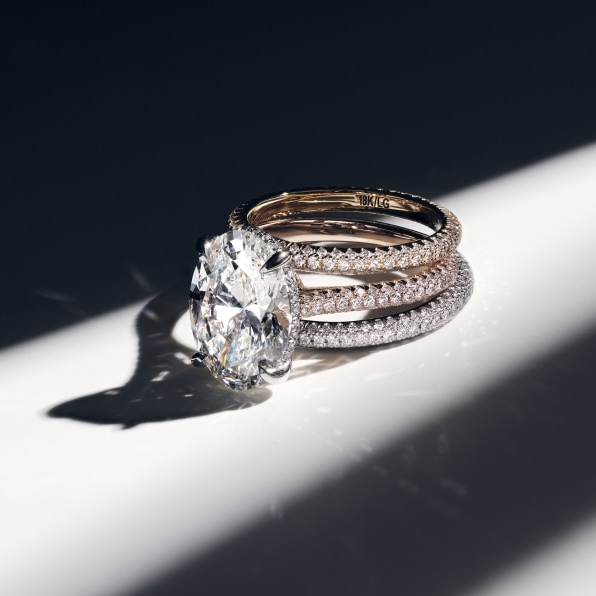
It appears that lab-grown diamonds are poised to hit the mainstream, with the industry positioned to reach $50 billion by 2023, up from $19 billion in 2020. This shift reflects a change in how young consumers perceive the value and cultural significance of the diamond—and it could transform jewelry-buying behavior for generations to come.

Building A Diamond In a Lab
A natural diamond is a remarkable object. It is made of pure carbon, compressed hundreds of miles under the earth’s crust with extreme pressure and heat, transforming into a stone over the course of millions of years. While humans have known about and appreciated diamonds for millennia, global demand for the stones spiked in the early 1900s, when jewelers began marketing diamonds in engagement rings as a symbol of love and commitment. Suddenly, people around the world believed they could own one of these precious stones.
But the central tension in the diamond trade is that there is a limited supply of the gems on the planet. Those that remain are deep underground, which makes them costly and labor-intensive to extract. Historically, the diamonds have been mined under abusive conditions, including relying on child labor and forced labor. Armed forces in Africa have used the diamond trade to fund brutal wars.
For more than a century, scientists have been on a quest to manufacture diamonds that are chemically identical to those found in nature—and by doing so, circumvent the challenges of mining them. One major breakthrough came in the 1940s from Percy Williams Bridgman, a Nobel Prize-winning physicist. He developed a machine that could apply more pressure to materials than had been previously possible. General Electric became interested in this technology for Project Superpressure, a code name for its efforts to create a diamond in a lab. In 1954, the company produced its first batch of manufactured diamonds.
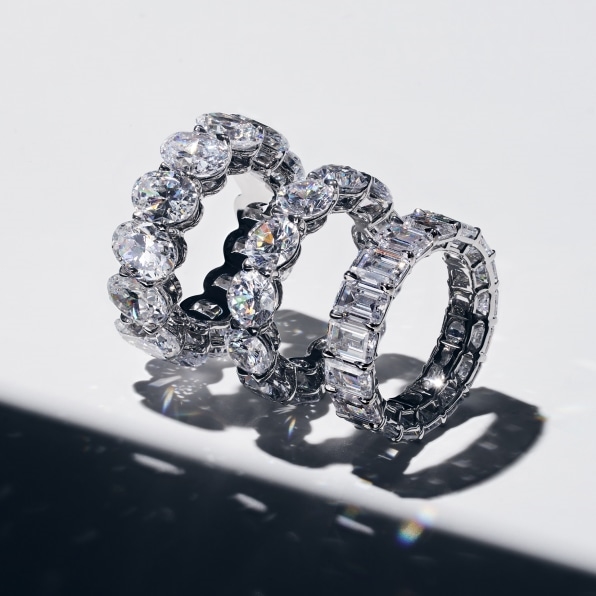
Over the past 70 years, more companies have tinkered with creating diamonds using similar technology to that of the original GE project. Today, there are two approaches to creating a diamond in the lab. The first, called high pressure high temperature (HPHT), places pure carbon in a metal tube, then pulses heat and pressure through it, causing it to crystallize into a diamond. The second, called chemical vapor deposition (CVD), takes a tiny speck of a natural diamond and exposes it to carbon-rich gas and high temperatures, which causes particles to stick to the original diamond and increase in size.
Dousset has been closely tracking the growth of the lab-grown diamond industry over the last two decades. While the diamonds themselves were structurally identical to natural diamonds, he says that he couldn’t find lab-grown diamonds that were cut and polished at the highest quality. “Fifteen years ago, nobody really understood lab-grown diamonds well, and the prices were all over the map,” he says. “But mostly, I didn’t think they were cut well. The artisanship around cutting and polishing diamonds is a pillar of jewelry making.”
But in recent years, the quality of these lab-grown diamonds has advanced to the point where it seemed like they could compete with natural diamonds. This spurred a wave of tech startups to enter the space, including Diamond Foundry, Lusix, and Clean Origin. Even De Beers, the largest diamond-mining company in the world, opened its own lab, Lightbox.

Ornella Siso says there’s been a sea change in the diamond industry over the last five years. Her family has been in the diamond business for decades in Antwerp, Belgium, through which 84% of all rough diamonds pass to be cut. Her family has seen more and more lab-grown diamonds showing up in the Antwerp market that are indistinguishable from the natural kind. “They are 90% cheaper than mined diamonds, but they’re absolutely identical,” she says.
In 2021, Siso left her job at Facebook to launch Idyl, which makes jewelry using lab-grown diamonds. The brand designs solid-gold jewelry at a fraction of the price of mined stones: A diamond-encrusted bracelet costs $695 and a 0.5 carat necklace goes for $895. “It was very clear to me that this was going to completely transform the industry,” she says. “And the beauty of the technology is that it will keep getting better, and the diamonds will keep improving in size and quality.”
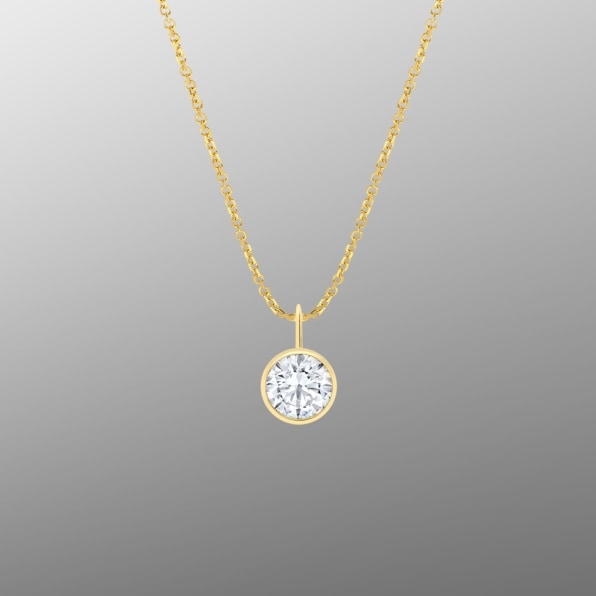
What Young Consumers Want
Siso says that most of her customers stumble across the brand as they’re searching for ethical diamond jewelry after decades of hearing about the human rights abuses associated with the diamond trade. While there are many jewelry brands that certify their diamonds as conflict-free, Siso says that some consumers gravitate toward lab-grown diamonds because there is no risk that they are tainted by these issues.
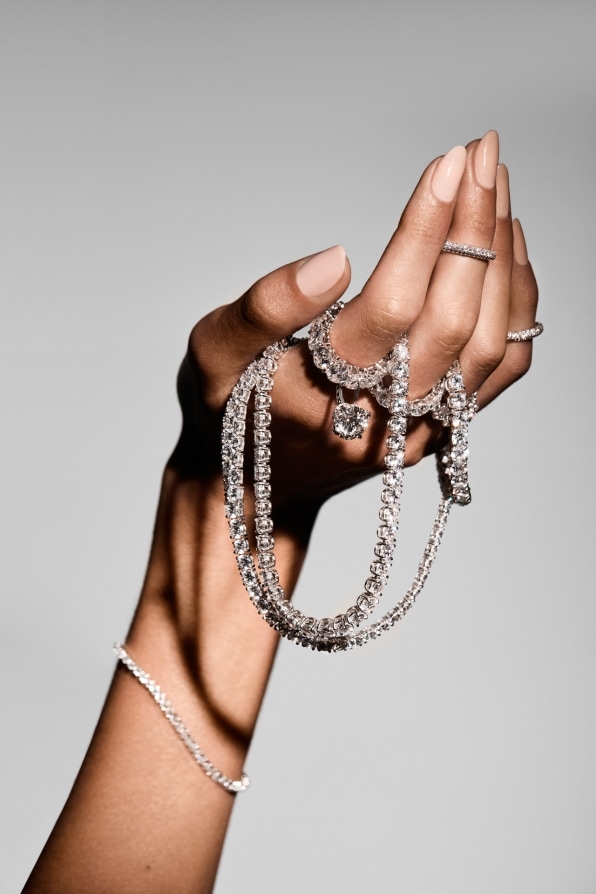
Meanwhile, Dousset says that initially, some consumers viewed lab-grown diamonds as knockoffs, on par with cheap imitations like cubic zirconium. But once they learn that lab-grown diamonds are identical to those found in the earth, many come around. And now, you can get lab-grown diamonds that are rated and certified in the same way that natural diamonds are (according to cut, color, clarity, and carats), which gives consumers assurance that they’re getting a real diamond.
Once customers understand this, many are drawn to lab-grown diamonds because they can get a higher-quality stone within their budget. “What I’ve witnessed my whole life is that purchasing a diamond came with a tension,” he says. “Except for a handful of wealthy people, everyone who wanted to buy a diamond had to compromise downward on quality. The aftertaste was always a little bit of disappointment.”
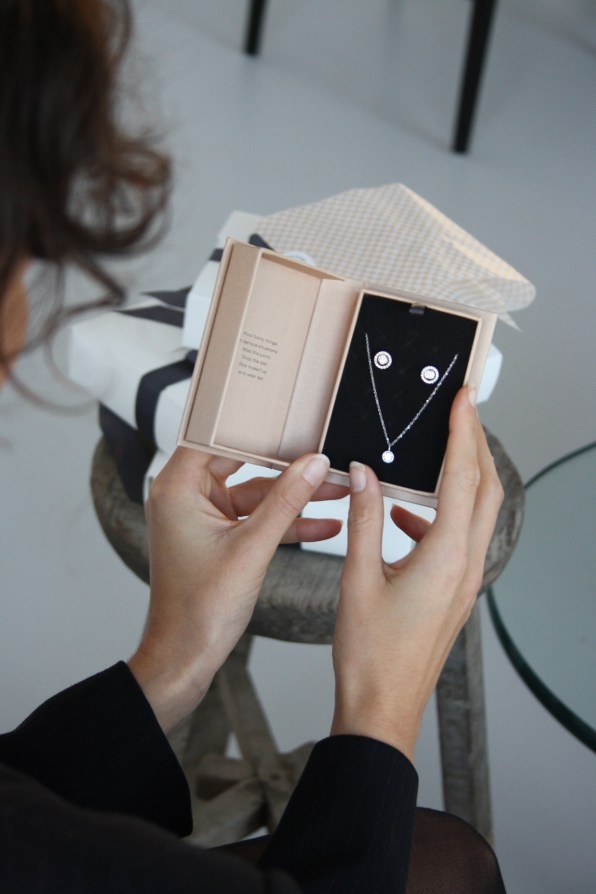
With lab-grown diamonds, Dousset says that people can now buy the jewelry they really want. He’s seen couples able to design engagement rings that are exactly the style they want, with larger stones, without exceeding their budget. Siso has noticed the same. Many women can now buy everyday jewelry that is encrusted with diamonds and not worry about subjecting it to the rigors of daily life.
While startups like Jean Dousset and Idyl are bullish on lab-grown diamonds, mined diamonds still make up the majority of the market. In 2022, lab-grown diamonds accounted for one-tenth of all diamond jewelry, up from 2% in 2018. And many large jewelry companies are still focused on offering natural diamonds.
Virginia Drosos, CEO of Signet Jewelers—which owns Kay, Zales, Jared, and Blue Nile, among its 11 brands—says that the company has started offering lab-grown diamonds, but customers tend to choose mined diamonds when given the choice. “Lab-grown diamonds have been popular among budget-constrained customers,” she says. “But customers like natural diamonds because they’re rare: There’s only a finite supply of them.”
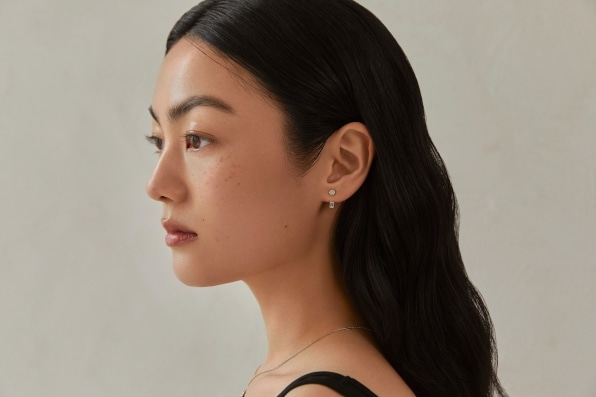
Meanwhile, Alexandre Arnault, Tiffany’s EVP of products and communication, recently told students at Oxford University that the jeweler had no intention of going into lab-grown diamonds. “We believe in natural diamonds,” he said. “Would you rather own something that has been part of the planet forever, or that has been (made) in a microwave somewhere?”
Still, Tiffany’s parent company, LVMH, has invested in Lusix, a lab-grown diamond company in Israel, suggesting that it is considering the possibilities of incorporating these stones into luxury products. Indeed, another LVMH brands, TAG Heuer recently released a $376,000 watch encrusted with more than 12 carats of lab-grown diamonds.
Dousset, for his part, believes that the jewelry industry has always been changing and evolving, as his family observed over the decades. He points out that De Beers and other jewelers popularized the diamond to begin with. They can do the same with lab-grown diamonds. “My great-great-grandfather was a forward thinker of his time,” Dousset says, pointing out that he created unusual watch and jewelry designs at the time. “You need to keep innovating.”
(27)



